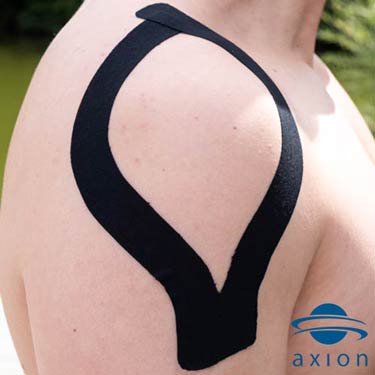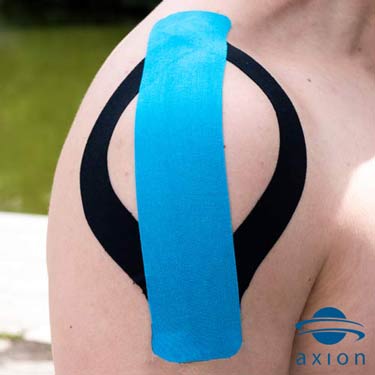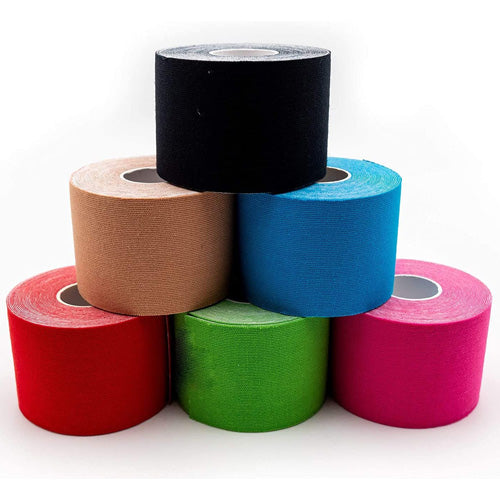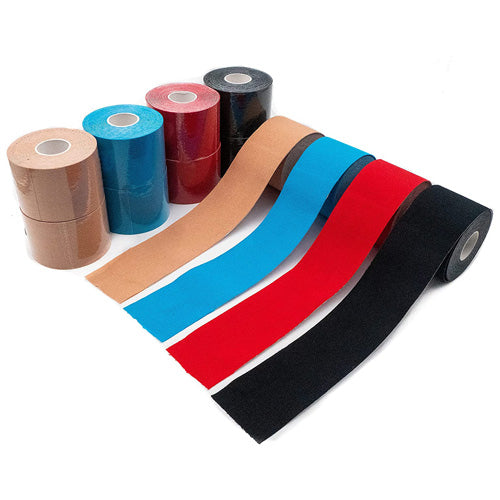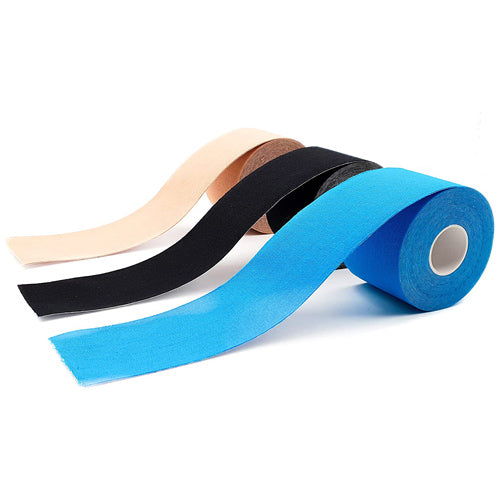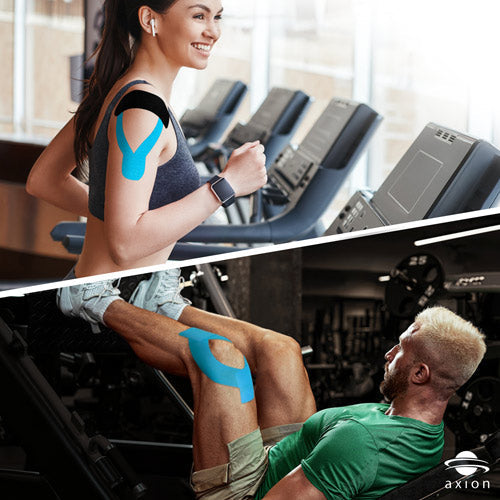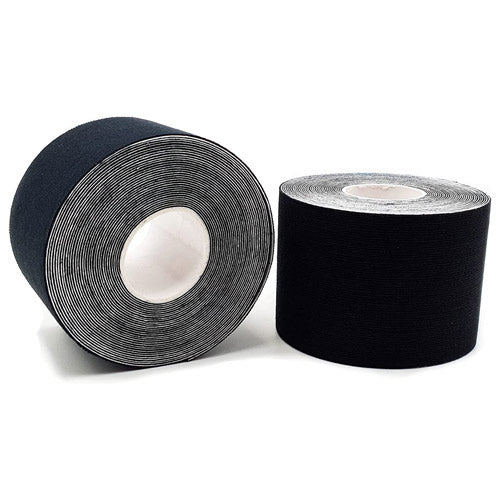Tape shoulders with kinesiology tape

The anatomical structure of the shoulder is very complex, which is mainly related to the everyday demands on this part of the body. Tensions and minor movement restrictions are therefore not uncommon. If you have long-lasting shoulder pain and limited mobility, you should first consult a doctor who can initiate treatment steps in good time in the event of a serious injury. If there is no serious injury, the use of kinesiology tape can help you to increase mobility and give more stability to your shoulder joint. Taping the shoulder is ideal for supporting sports.
Step-by-step instructions for taping with kinesiology tape
axion kinesiology tapes for all applications
Tip: Enter the code " tape10 " in the shopping cart and get a 10% discount on the kinesio tapes.
-
Kinesiology Tape - Set of 6 - Uncut
Regular price €22,95Regular priceUnit price €0,77 per m -
Set of 12 mixed kinesiology tape 5cm uncut by axion
Regular price €32,95Regular priceUnit price per -
Set of 3 Kinesiology Tape 5cm Uncut by axion
Regular price €14,95Regular priceUnit price per -
2 Rollen Kinesiologie-Tape 5cm breit 5m lang Uncut von axion
Regular price €9,95Regular priceUnit price per
You need these types of tape for the application
-

1 Y tape
-

2 i tapes
Tips for using kinesiology tape
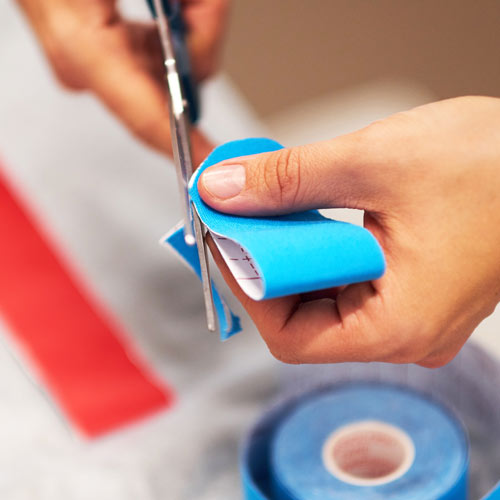
Round off the corners
Before taping, round off the edges with scissors so that the corners don't peel off so easily. You don't need to do this with pre-cut kinesiology tapes because the corners are already rounded
Stroke the tape several times
After you have applied the tape, rub the tape several times to activate the adhesive
Clean skin
Make sure your skin is dry and clean before taping.
It is advisable to shave the area beforehand when using it with thicker hair, so that the kinesiology tape holds better and it is easier to remove after use.
Creases on the tapes during use are normal
It is normal and intended that waves may form on the tape after application during muscle relaxation. These are even intended and are called convolutions.
To ensure the compatibility of the kinesiology tape with your skin, we recommend that you test a small piece of tape on the skin in advance and leave it there for about 30 minutes.
If you experience itching or an allergic reaction, remove the Kinesiology Tape and stop using it.
© yavdatstock.adobe.com

